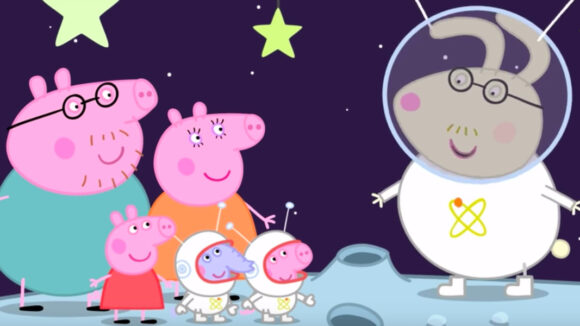

Explainer: How The Animation Skills Fund Hopes To Solve The U.K.’s Talent Shortage
As the U.K. animation industry scales new heights and hits new obstacles, a funding initiative has been launched — or rather re-launched — to help the industry navigate turbulent times. Read on for our explainer of the Animation Skills Fund.
What is this fund, exactly?
A pot of money generated by voluntary contributions from animation companies. The Animation Skills Council, made up of 16 volunteers who work in the industry, decides how the money is spent. It can go to both companies and freelancers. The aim is “to address the skills issue though all career stages.”
What skills issue?
The U.K. animation industry has ballooned in recent years, thanks in large part to the rise in demand from streaming platforms, and the implementation of a dedicated animation tax credit in 2012. The workforce simply hasn’t caught up: there’s a shortage of animators and other types of artists in the country. The prospect of Brexit, which could restrict the movement of people between the U.K. and Europe, is only adding to the sense of crisis.
Tom Box, co-founder of the studio Blue Zoo and chair of the Animation Skills Council, elaborated on this problem in a Linkedin post: “Skills are the number one problem faced by studios. Ultimately skills shortages lead to productions going overseas, which causes a downward spiral of talent drain.”
What was wrong with the original fund?
The Animation Skills Fund’s predecessor, the “animation levy,” was launched in 2013 to capitalize on the momentum created by the new tax credit. Companies that received government funding, whether through the credit or otherwise, were encouraged to pay 0.5% of their production budgets into the pot. However, many complained that they were paying money in, only to withdraw it again as a beneficiary of the fund, minus admin costs — a pointless exercise. The fund ran out of steam.
It didn’t help that the government, which began by matching companies’ contributions, dropped that policy as it embraced austerity.
Why has it been rebooted now?
Because of the pressing skills shortage, and the sense that companies stand to gain from pooling their resources. “We want to create initiatives that studios can’t do alone,” writes Box, who was invited to spearhead the relaunch. The fund currently stands at around £250,000, but it hopes that this will grow as studios perceive the benefits of nurturing new talent and opt to pay in.
What kinds of initiatives will the fund help?
The first beneficiary is the Helen North Achieve Programme (website here), which Animated Women UK set up to provide intensive career advice to female artists in animation and vfx. Going forward, the fund’s administrators promise that they will address “all career stages.” They plan to contribute to bootcamps for entry-level workers, professional development courses for those already established in the industry, and an initiative that gets artists to speak about their careers at schools around the country.
Why can’t studios take care of their own training?
Box addresses this in his post: “Lucky if you are big enough and have the money! But that leaves out a huge majority of the industry which is made of small studios and 50% of the whole industry who are freelancers… By working together as an industry with joined-up training initiatives, we avoid wasting duplication of each studio doing their own thing in isolation.”
How can I learn more?
By heading to the fund’s official website or subscribing to Animation UK’s newsletter.
(Image at top: “Peppa Pig,” one of the U.K.’s most popular animation exports.)

.png)